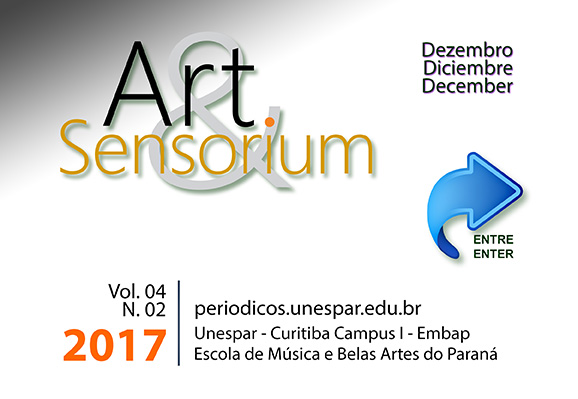DESIGNING FOR THE EMPEROR: THE CASES OF AN EMPIRE STYLE CEREMONIAL ARMCHAIR AND A ROYAL CONSOLE TABLE IN TUILERIES PALACE.
DOI:
https://doi.org/10.33871/23580437.2017.4.2.062-073Palabras clave:
Napoleon, Empire style, furniture, Tuileries Palace, Percier, Fontaine, ancient world.Resumen
This paper constitutes an attempt to both examine and illustrate the uniqueness of the Empire style furniture during the Napoleonic times under the charismatic influence of the most notable architects and designers of the era Charles Percier and Pierre-François-Leonard Fontaine and their partners.
The reason for this research is the selection and analysis of two outstanding pieces of furniture, from a utility, design and aesthetics perspective, created for special reasons by the above-mentioned designers for the famous Tuileries Palace, the building of prominent political and personal importance for Napoleon Bonaparte.
Through the research of these two different case studies / objects will emerge the specific morphological, aesthetic, historical, political and cultural elements that shaped the famous Empire style, while we will attempt to discuss and finally understand the design logic of its two characteristic, most representative designers.
Descargas
Descargas
Publicado
Número
Sección
Licencia
Derechos de autor 2022 International Interdisciplinary Journal of Visual Arts - Art&Sensorium

Esta obra está bajo una licencia Creative Commons Reconocimiento 3.0 Unported.
Autores que publicam nesta revista concordam com os seguintes termos:- Autores mantém os direitos autorais e concedem à revista o direito de primeira publicação, com o trabalho simultaneamente licenciado sob a Licença Creative Commons Attribution que permite o compartilhamento do trabalho com reconhecimento da autoria e publicação inicial nesta revista.
- Autores têm autorização para assumir contratos adicionais separadamente, para distribuição não-exclusiva da versão do trabalho publicada nesta revista (ex.: publicar em repositório institucional ou como capítulo de livro), com reconhecimento de autoria e publicação inicial nesta revista.
- Autores têm permissão e são estimulados a publicar e distribuir seu trabalho online (ex.: em repositórios institucionais ou na sua página pessoal) a qualquer ponto antes ou durante o processo editorial, já que isso pode gerar alterações produtivas, bem como aumentar o impacto e a citação do trabalho publicado (Veja O Efeito do Acesso Livre).


